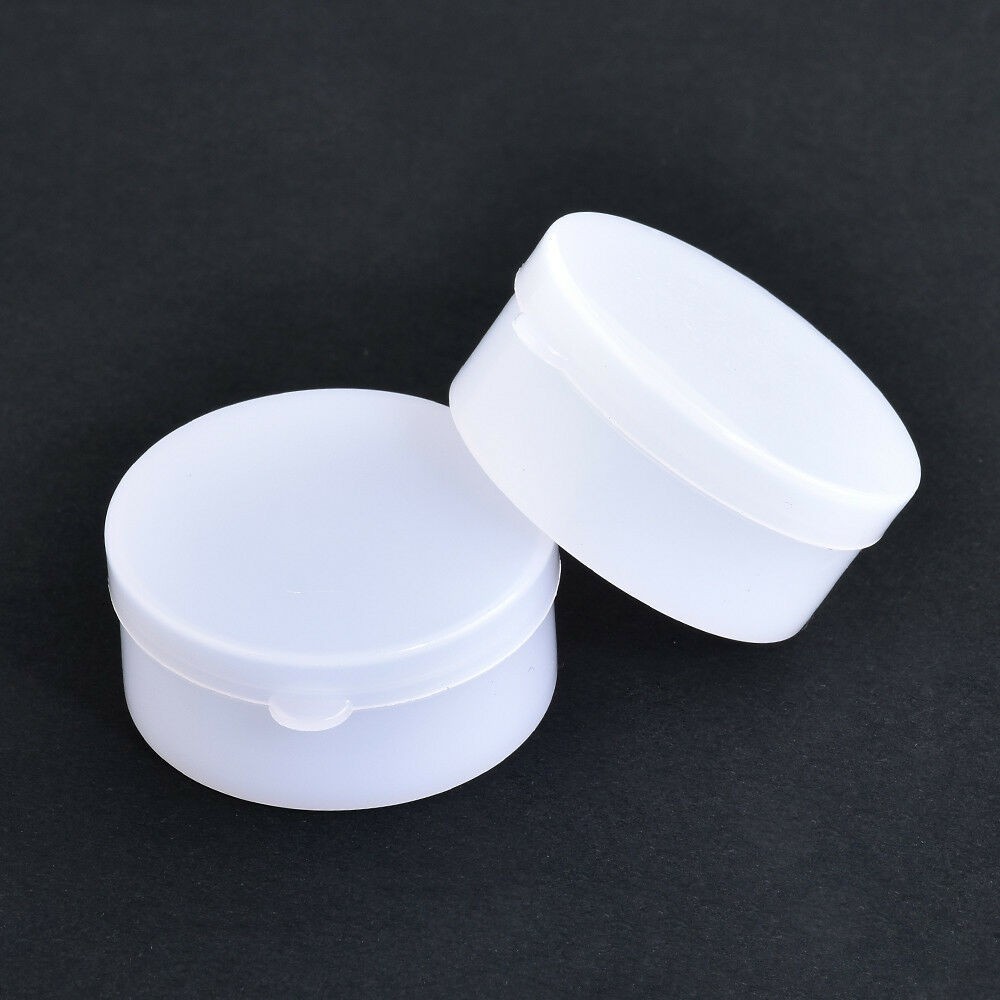The Ultimate Guide to skincare Containers: Choosing the Right Packaging for Your Products
The world of skincare is vast and varied, with products ranging from cleansers and moisturizers to serums and masks. But one often overlooked aspect of skincare is the packaging. The container that holds your precious product is more than just a vessel; it’s a crucial part of the brand experience, influencing everything from product preservation to customer perception.
This comprehensive guide delves into the world of skincare containers, exploring the various types, materials, and factors to consider when making this important choice.
Understanding the Importance of Skincare Containers

Before diving into the specifics, let’s understand why skincare containers are so important:
Product Preservation: The right container can protect your product from external factors like air, light, and moisture, which can degrade its quality and efficacy.
Types of Skincare Containers
Skincare containers come in various shapes and sizes, each suited for different product types and purposes. Here are some common types:
Jars

Jars are wide-mouthed containers ideal for thick creams, balms, and masks. They offer easy access to the product and are often used for luxurious or high-end skincare. However, jars expose the product to air and can be less hygienic than other options.
Tubes
Tubes are cylindrical containers commonly used for lotions, cleansers, and serums. They are convenient, hygienic, and prevent air exposure. Tubes are available in various materials, including plastic and aluminum.
Bottles
Bottles are versatile containers suitable for liquids like toners, serums, and oils. They can be made from glass or plastic and often come with pumps or droppers for easy dispensing.
Airless Pumps
Airless pumps are innovative containers that prevent air from coming into contact with the product. This helps preserve the product’s efficacy and extends its shelf life. Airless pumps are ideal for sensitive or active ingredients.
Ampoules
Ampoules are small, single-use containers typically made of glass. They are designed to preserve the potency of highly concentrated serums or treatments.
Materials Used in Skincare Containers
The choice of material is crucial for both product preservation and sustainability. Here are some common materials used in skincare containers:
Glass
Glass is a popular choice for high-end skincare due to its luxurious feel and ability to preserve product quality. It is also recyclable and can be made from recycled materials.
Plastic
Plastic is a versatile and cost-effective material widely used in skincare packaging. It is lightweight, durable, and can be molded into various shapes. However, not all plastics are recyclable, and some can leach chemicals into the product.
Aluminum
Aluminum is a lightweight and durable metal often used for tubes and bottles. It is recyclable and provides a good barrier against light and air.
Sustainable Materials
With growing environmental concerns, brands are increasingly using sustainable materials like recycled plastic, bio-based plastics, and biodegradable materials.
Factors to Consider When Choosing Skincare Containers
Selecting the right skincare container involves considering various factors:
Product Compatibility
Ensure the container material is compatible with the product’s formulation. Some ingredients can react with certain materials, affecting the product’s quality or the container’s integrity.
Product Type and Viscosity
The container type should be suitable for the product’s consistency. Thick creams require jars or wide-mouthed containers, while liquids are best suited for bottles with pumps or droppers.
Branding and Aesthetics
The container’s design, material, and labeling should align with your brand’s image and appeal to your target audience.
Sustainability
Choose eco-friendly materials and packaging options to minimize your environmental impact.
Cost
Balance the cost of the container with its functionality, aesthetics, and sustainability.
Regulations
Ensure your packaging complies with all relevant regulations regarding safety, labeling, and material composition.
Trends in Skincare Packaging
The world of skincare packaging is constantly evolving, with new trends emerging to meet consumer demands and address environmental concerns. Here are some notable trends:
Sustainability
Brands are increasingly adopting sustainable packaging practices, using recycled materials, reducing packaging size, and offering refillable options.
Minimalism
Simple and elegant packaging designs are gaining popularity, emphasizing functionality and clean aesthetics.
Personalization
Brands are offering personalized packaging options, allowing customers to customize their products or create unique sets.
Smart Packaging
Innovative technologies like NFC tags and QR codes are being integrated into packaging to provide consumers with product information, usage tips, and personalized experiences.
Conclusion
Choosing the right skincare container is a crucial decision that impacts product preservation, brand identity, user experience, and sustainability. By understanding the various types, materials, and factors to consider, you can make an informed choice that aligns with your brand values and meets the needs of your customers. As the skincare industry continues to evolve, staying abreast of the latest trends in packaging will help you create products that stand out on the shelves and resonate with consumers.




